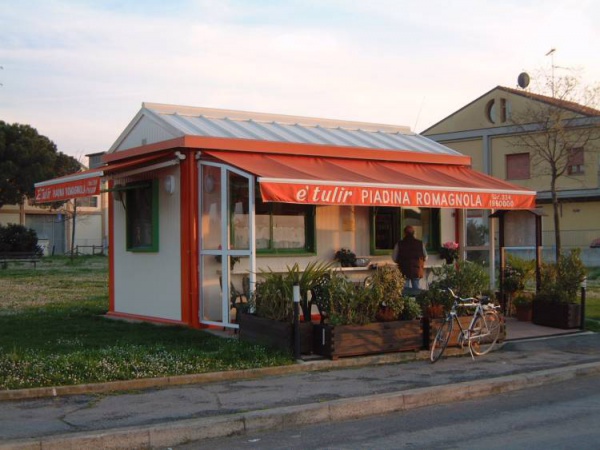Facts About Piadina
Piadina, also known as Piada, is a delightful Italian flatbread that originates from the Romagna region. This thin, tasty bread is crafted using a simple recipe that includes white flour, lard or olive oil, salt, and water. Traditionally, it was cooked on terracotta dishes, but nowadays, flat pans or electric griddles are more commonly used.
Recognized as a traditional food of Italy's Emilia-Romagna region, Piadina is especially popular in areas like Forlì, Cesena, Rimini, Ravenna, and throughout Romagna. It is also found in Montefeltro, Pesaro e Urbino, Ferrara, and even San Marino. The name "piadina" has an uncertain origin, with some suggesting it might have Greek or Byzantine roots due to historical connections with the Eastern Roman Empire.
The first recorded mention of Piadina dates back to 1371 in a document called "Descriptio Romandiolae." Today, you can enjoy this flatbread from street kiosks known as "piadinerie" where it is typically stuffed with a variety of delicious fillings like cheeses, cold cuts, vegetables, or even sweet treats like jam or Nutella. Depending on the region, variations in thickness and size can be found.
Interestingly, a Belgian company has claimed intellectual property rights over a product called "piadina." However, the term "piadina" is just a diminutive of "piada" allowing for some flexibility in its preparation and ingredients. Fun fact: Piadina has even been to space, enjoyed by a Russian astronaut as part of a Mediterranean diet experiment on the International Space Station!
In the end, Piadina is more than just a flatbread. It is a symbol of cultural pride and connection to the land, beautifully captured by the famous Italian poet Giovanni Pascoli. So next time you bite into a Piadina, remember you are tasting a piece of history and tradition.

 Vatican
Vatican